Portable dining facilities have many benefits over brick-and-mortar buildings, including reduced construction and maintenance costs.
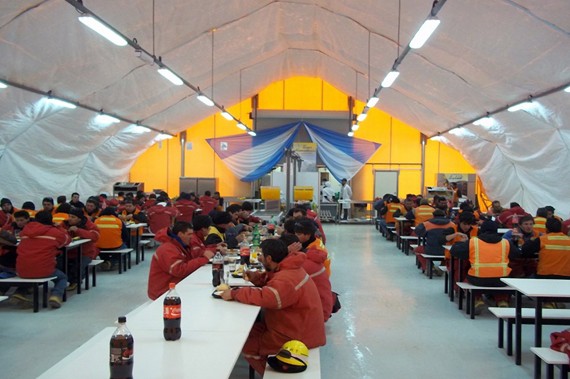

Portable dining facilities have many benefits over brick-and-mortar buildings, including reduced construction and maintenance costs.
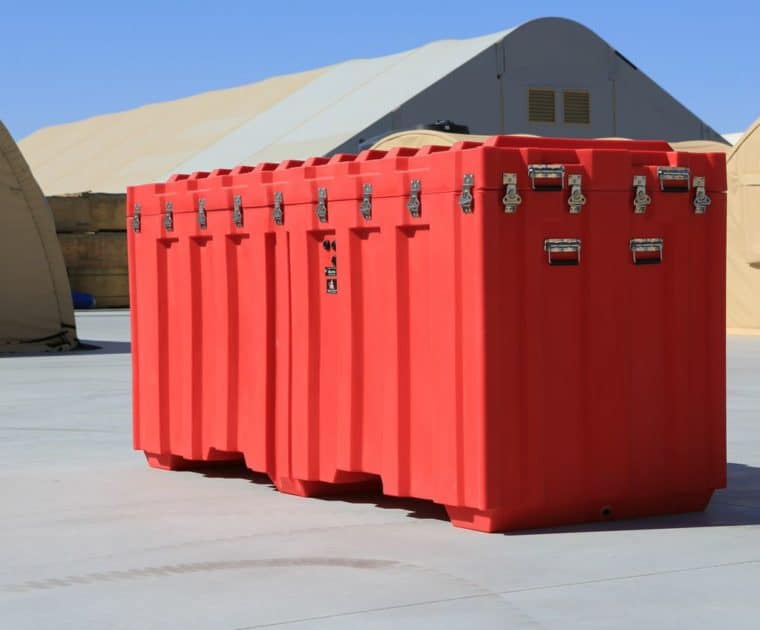
In addition to high-performance fabric buildings, Alaska Structures also makes shipping containers to help facilitate fast, easy shipments.
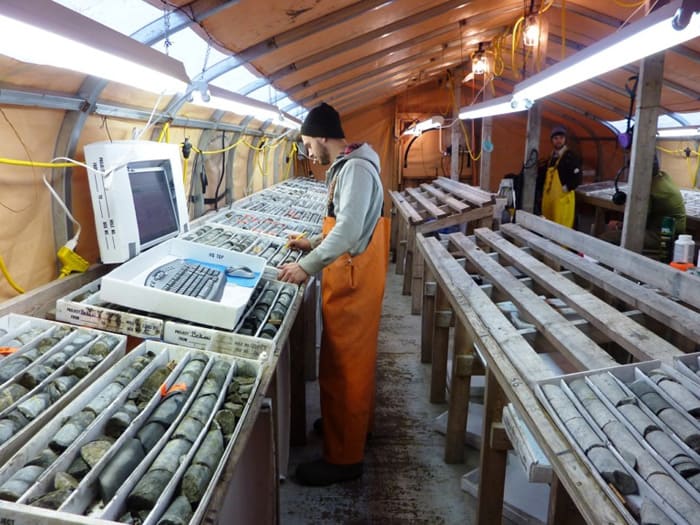
Alaska Structures’ tensile fabric structures are engineered for extreme weather conditions to support research facilities in inclement weather.
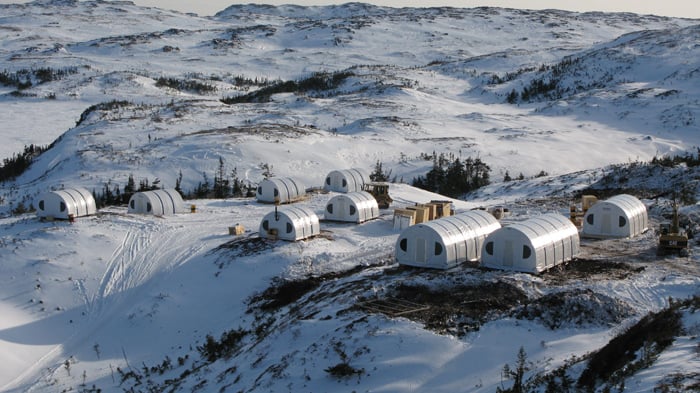
Alaska Structures offers fabric buildings for sale that are uniquely suited for a wide range of commercial, governmental and industrial applications.|Alaska Structures offers fabric buildings for sale that are uniquely suited for a wide range of commercial, governmental and industrial applications.
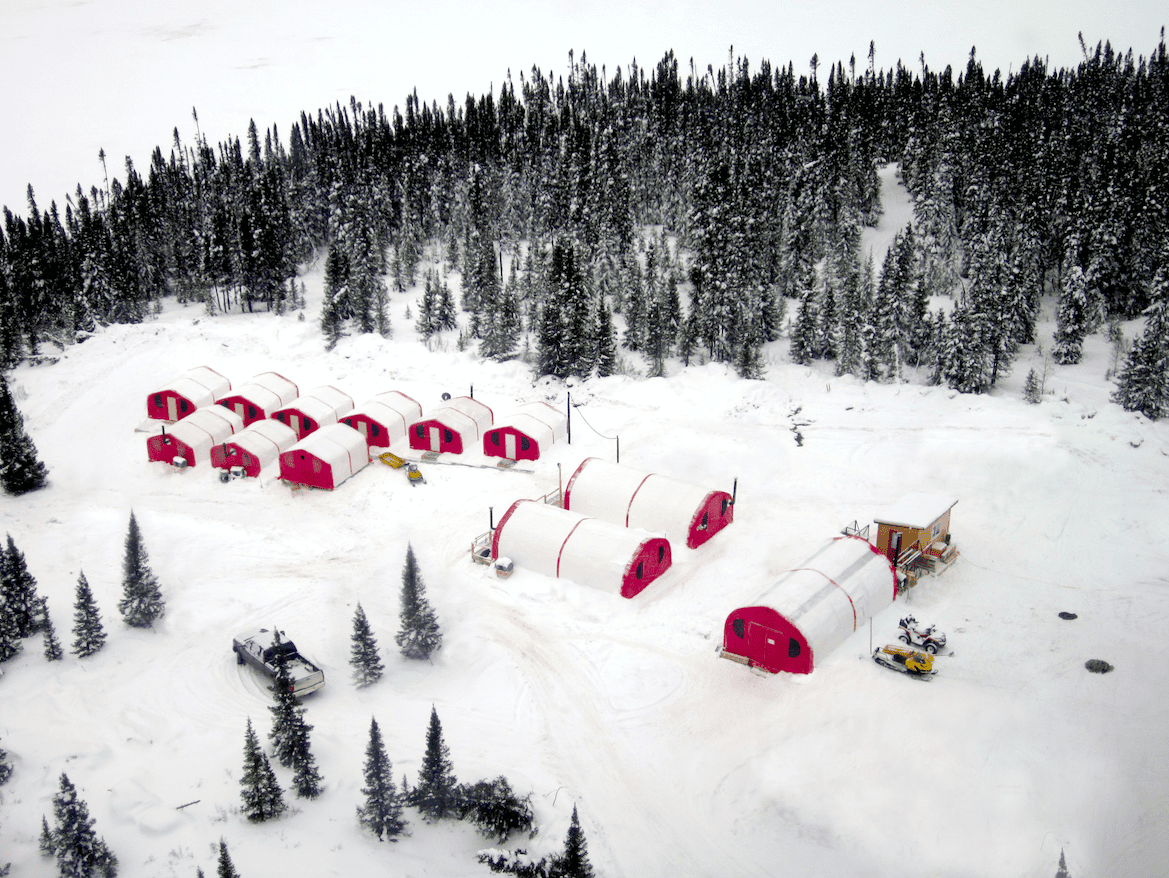
Learn to ensure a high level of worker productivity, as well as attract and retain skilled work crews, and provide a safe and comfortable job site housing.
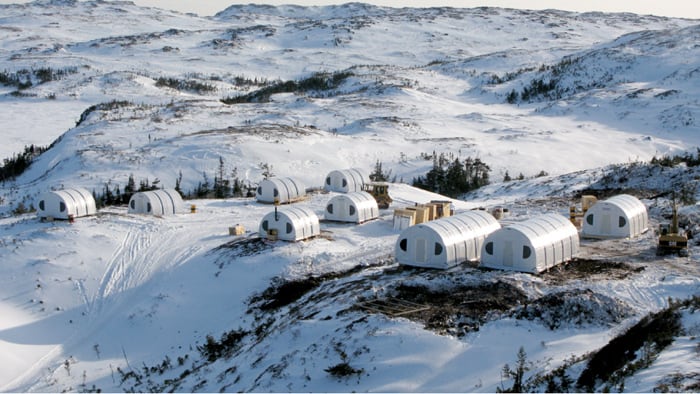
By large, answers to how to accommodate for this inhospitable environment have come down to making structures rugged enough to endure, which requires a degree of permanence.
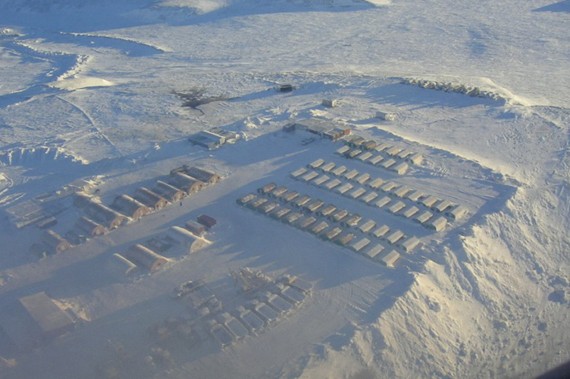
Many aren’t familiar with the McMurdo Research Station or the work scientists do there. Founded in 1956, McMurdo Station is the leading data center in Antarctica. However, recently the focus on McMurdo is on it’s deteriorating condition. There is a plan to update the entire station, however construction will affect the scientists’ ability to work. While buildings get updates, scientists will be left with no place to carry out their research, thus delaying their work. Planners must find solutions to update the buildings while allowing the scientists to do their research. One possible solution is to use fabric structures as temporary research facilities.
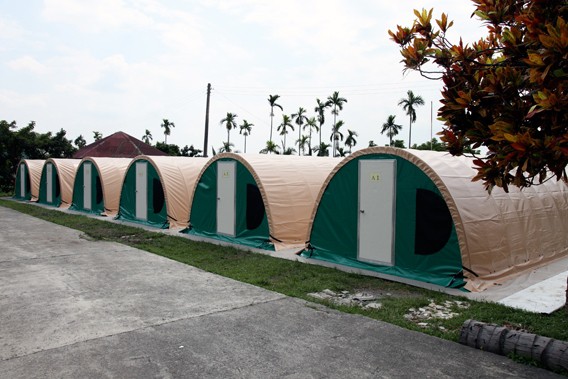
Quonset Huts got their first use in navy operations during World War II. Named for the Naval Air Station where the hut first appeared, it can serve a variety of purposes today. These hooped buildings serve housing needs, workshops, mining operations and research camps, and more. There is a variety of benefits to using Quonset Huts in private and public business operations. These benefits include cost savings, flexible design, customization, durability, easy and fast set up, and effective use of space. In addition to operational benefits, these huts have less environmental impact than traditional buildings. Alaska Structures designs huts that will maximize energy efficiency and eliminate wastes.
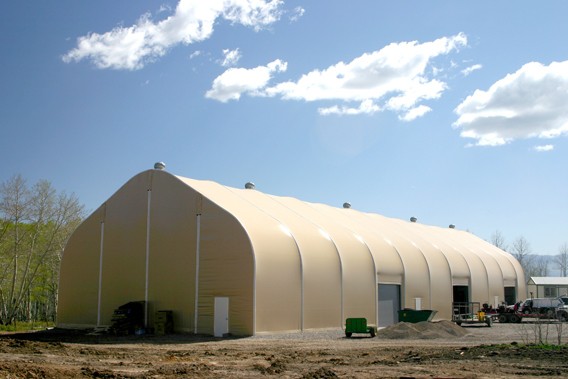
Versatile, strong, and portable, tension fabric buildings present many advantages over similar-sized wood, metal, pole, and other traditional structures.
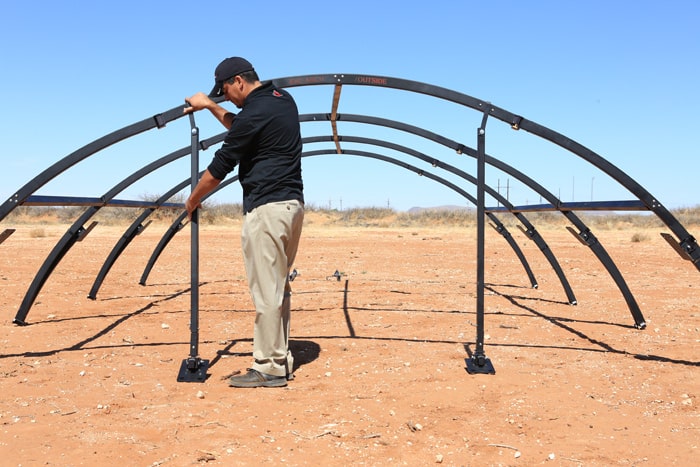
Our way of life was made possible through exploration, travelling to new sites and settling there. The pioneers of this country had to survive through tough conditions, with shelters inferior to what we have today. Fabric building systems can now offer more protection and rival standard structures when it comes to cost and convenience. These structures are faster and easier to setup without compromising strength and durability. Alaska Structures designs fabric buildings that can withstand very harsh conditions, such as the extreme climates or arctic and desert regions. Third-party engineers test the fabric buildings to ensure their lasting power, which is vital in survival situations.
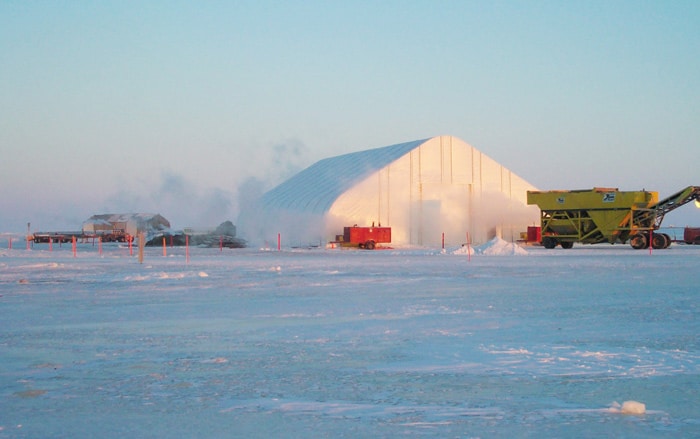
You may have your operations housed in an old building, wasting energy and driving up costs due to poor insulation, etc. Before you begin upgrades, it’s important to explore all your options for repairing an old structure or building a new one. Sometimes repairing an old structure can be just as expensive as building a new one, and both take a lot of time. Another option is to use a fabric building to support your operations, as they are fast and easy to setup. In addition, they are typically less costly than upgrades or a building a brick-and-mortar structure. Alaska Structures designs fabric structures with a host of benefits and ways to save and increase energy efficiency.
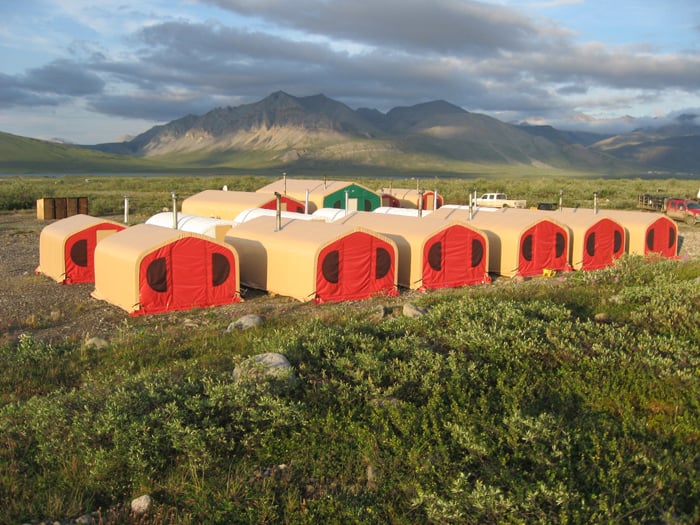
ISO shipping containers provide a way for intermodal transport, shipping items from the ship to the rails and then to trucks. This versatility doesn’t translate to housing and camping, however some commercial and governmental operations use them for this purpose. Imagine trying to sleep or work inside a metal crate with no windows or insulation. Those aren’t optimal conditions to live or work in. A better option for a camp system would be a fabric structure, designed to house people and equipment. Factors that make fabric structures a better option are safety, shipping costs, portability, construction costs, versatility, and energy efficiency.